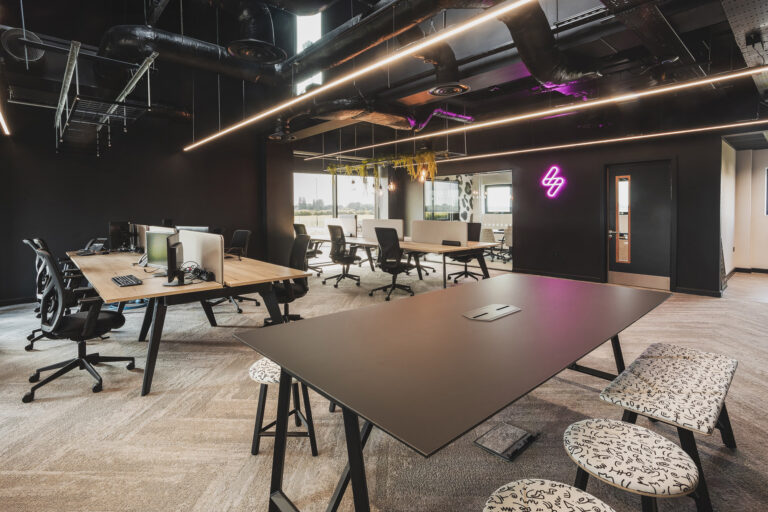
What is social capital, and why do you need it in the workplace?
Date
1 May 2024
Read length
2 min
There has been a lot of discussion among workplace professionals about the value of social capital in the workplace, but what is it? Why do you need it? And how do you go about creating it?
Social capital is often considered difficult to define – but it simply refers to the positive outcomes or social benefits of human interactions. These might be friendships, feelings of loyalty, a sense of community or self-worth, and more.
The Investopedia team offers one of the best definitions of social capital we’ve seen. They say, “It can be used to describe the contribution to an organisation’s success that can be attributed to personal relationships and networks, both within and outside an organisation. It can also be used to describe the personal relationships within a company that help build trust and respect among employees, leading to enhanced company performance.”[1]
Why do you need it?
The concept of social capital is based on the premise that we feel positive when we engage with like-minded people and that shared values make it easier for us to work together for a common purpose.
You can see this value in the workplace; it’s crucial to making employees feel good and helping them thrive. We know that when employees feel happy, healthy, supported, and valued, they are generally more productive, creative, and loyal (you can read more about our research into how employees want to feel in our The Workplace Oooh report here)
How do you create it?
Evidence of social capital can be seen in people’s positive behaviours, an organisation’s thriving workplace culture and the fabric of the workplace itself. Organisations with social capital are built on mutual respect. They value open and honest communication at all levels, encourage colleagues to collaborate and build relationships, and nurture a sense of community.
Office interior design has a significant role in helping social capital thrive. It can embody company values and bring the employee brand to life. This can be achieved through the considered use of space, brand storytelling, and ensuring a wide range of collaborative amenities and spaces.
Workplaces with strong social capital also have distinct identities and have been designed as destinations in their own right, so employees actively want to visit. These Destination Offices place considerable focus on encouraging meaningful interactions with colleagues and encouraging them to come together. They do this by offering areas for specific work tasks (breakout spaces, collaboration zones), learning from peers (library and training spaces), team, department and company meetings (meeting pods, forum spaces) and to socialise and relax (on-site cafes, roof terraces and games areas).
All organisations, regardless of size, should be investing in creating social capital. It’s a driver of business performance and, crucially, the key to creating a loyal, motivated, healthy and happy workforce.
In our next blog, we’ll share five ways to encourage social capital through office interior design: Find it here
Reference:
[1] https://www.investopedia.com/terms/s/socialcapital.asp
See how we could help with your new office interior design or office design and build project here
Get in touch
We love nothing better than talking all things workplace and design – got a question, potential project or just need some guidance?
Drop us a note…




